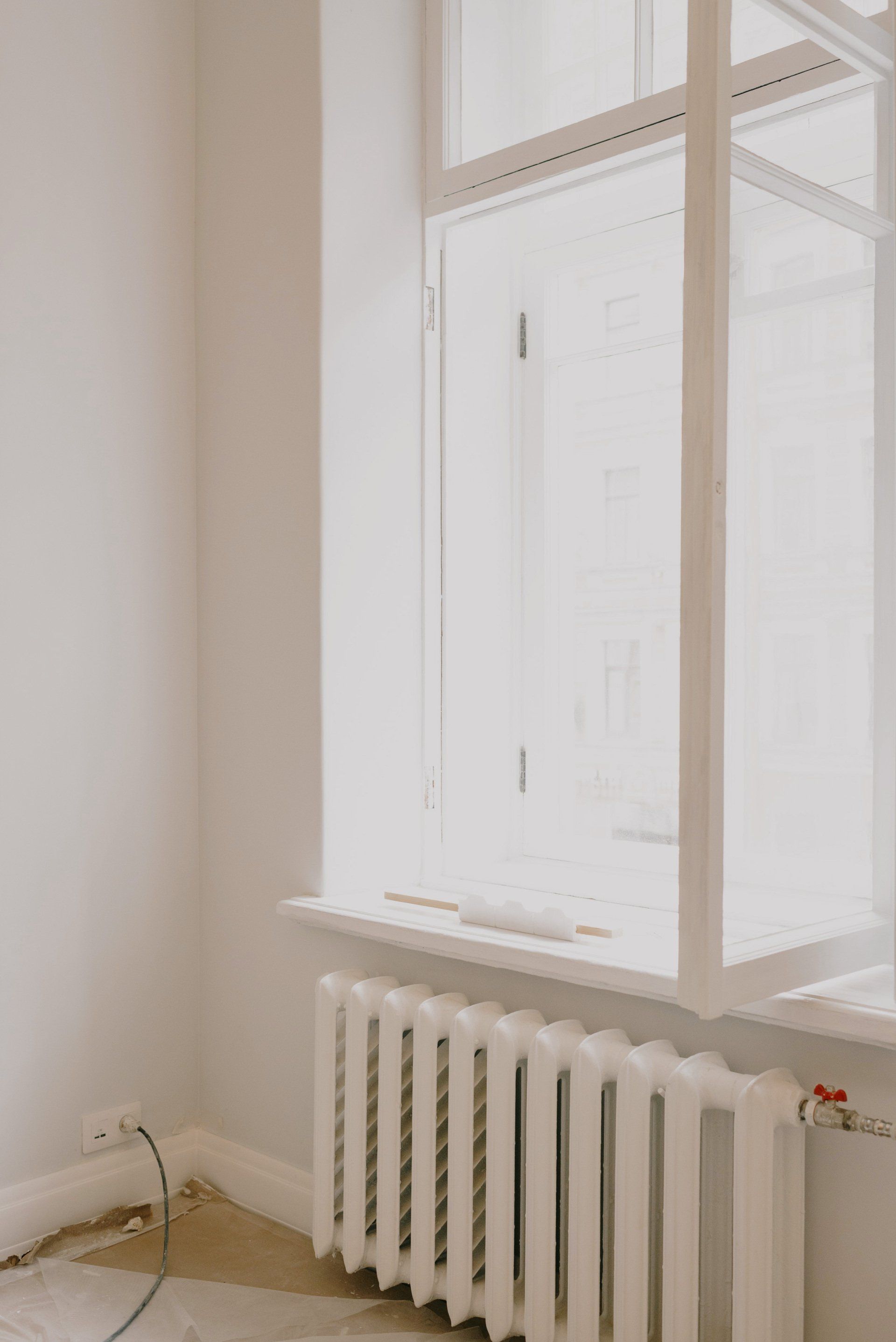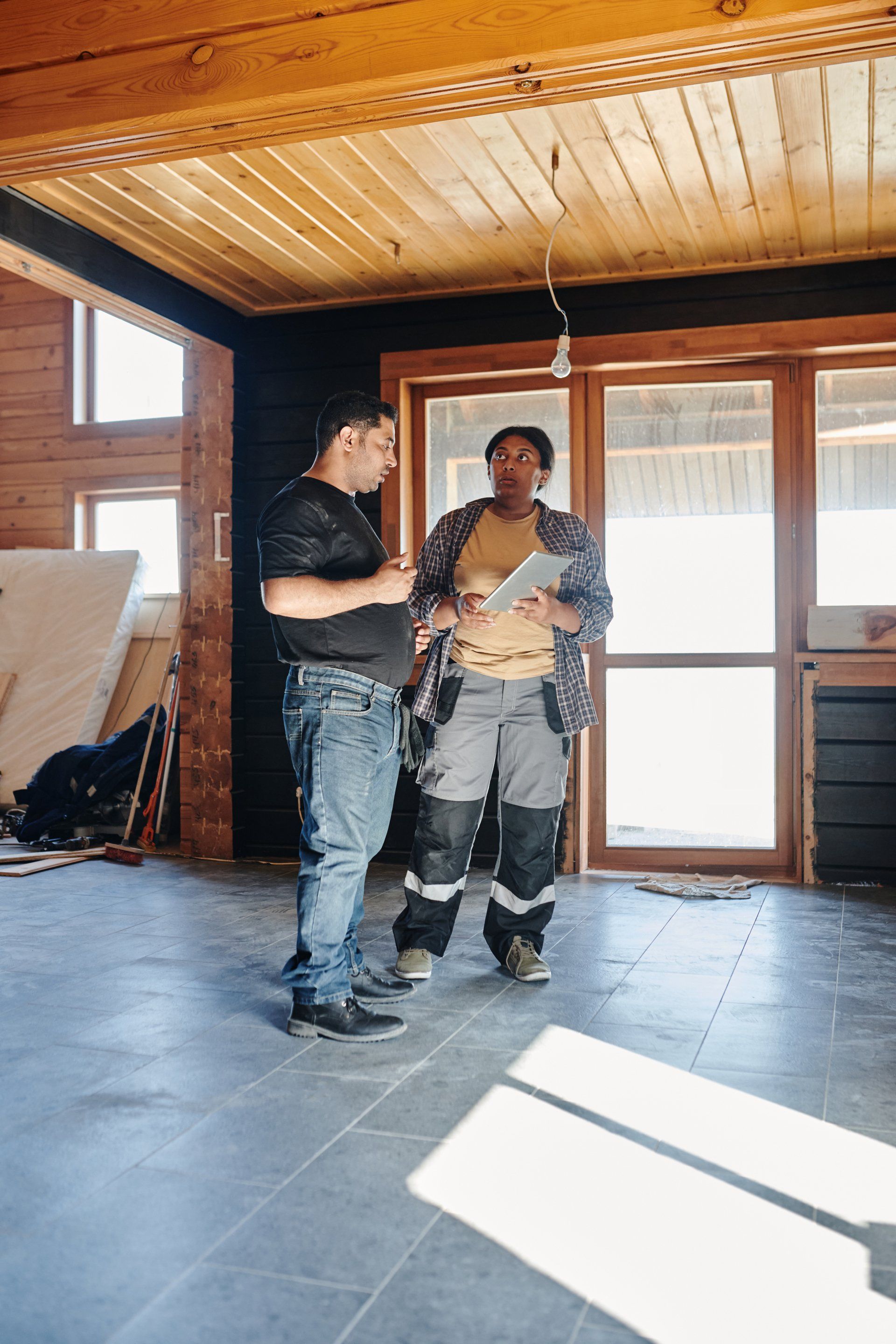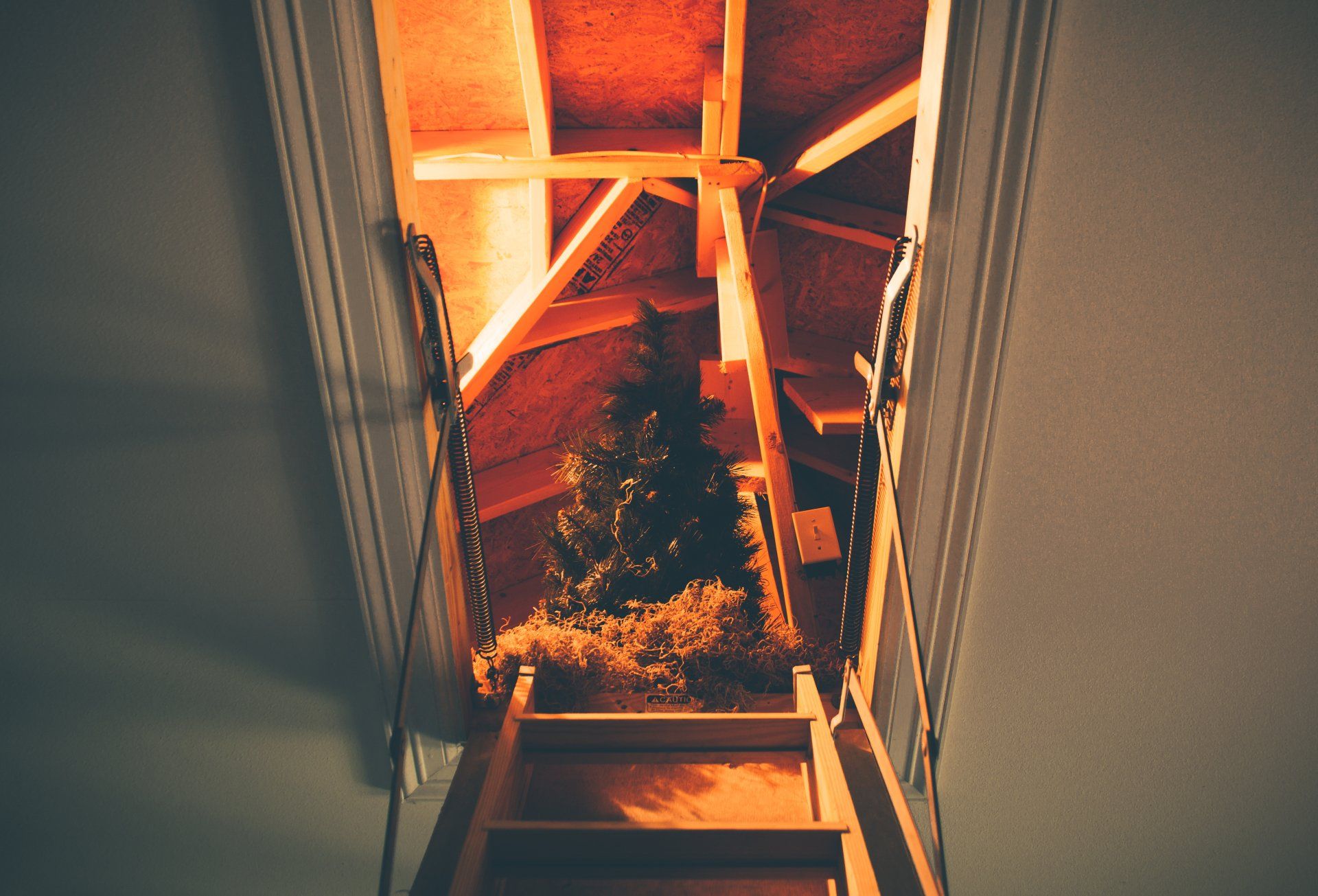Things to Know About Insulation
Things to Know About Insulation
We all know that insulation is essential to have the most comfortable and energy-efficient home. Take a look at these points when you are thinking of the addition of insulation to your home.
Change Your Insulation
If you're thinking of buying an insulated door as you're looking to cut down on energy as well as keep warm your garage, you should consider investing around 15-20 percent more to upgrade your door from extruded polystyrene and polyurethane insulation. The insulation efficiency of the garage door is measured by its R-value. The higher the number, the more effective it will insulate. According to experts, moving from 2 inches of polystyrene and its Intellicore (polyurethane) increases the insulation value from R-9 to R-18. That's quite a bit of value.
Do not use paper-faced insulation if it is possible.
Do not buy insulation with a paper face for wall insulation jobs that are standard. The paper faces make cutting the batts a challenge. It's also difficult to make a vapor retarder that is tightly sealed using batts with a paper face.
The absence of insulation feeds can cause mold.
Warm air is attracted by gaps in insulation. Then, when it encounters cooler surfaces while flowing from or through the house, water condenses, which can then be fed by mold. These spots typically occur on exterior walls, near windows or floors, in corners, around outlets, and in lighting. If the mold is gone after cleaning and reducing the humidity inside with a dehumidifier or vent fan, be sure to keep an eye on it. If it returns, you can open the wall and repair the issue.
Incorporate attic insulation.
In all homes, but particularly in older houses that have insulation, installing in attics can reduce losses in heat. At the very least, homes should be insulated in R-22 to R-49 (6 to 13 inches of filler that is loose or seven to 19 inches of fiberglass batts). Contact your local building department to determine the appropriate level for your location.
Put yourself through attic access doors and determine how much insulation is there. If the insulation you have is not at or above the required level, adding some can lower your heating costs. If you're required to increase your insulation, go with loose-fill insulation over fiberglass batts, even if your home already has fiberglass. Loose fill typically consists of fiberglass or cellulose and allows you to overjoists and reach into crevices.
Don't spin the bit in insulation.
The most effective tip for fishing cables through insulation would be "Avoid it if you can." The risk will always be there to harm the vapor barrier or even bunch up insulation, creating cold spots on the wall. If you are required to use wires to penetrate walls on the exterior, the best advice is to keep from spinning the flexing bit until it is in solid contact with the wood you intend to drill through. If you drill too early, you'll end up with an enormous cotton candy cone that is insulating and make retrieving your drill difficult and, in some cases, impossible.
Itch remover
A lint roller that is sticky will pull those dreadful insulation fibers from your clothes and skin, as well as reduce itching afterwards.
Insulate pipes.
Condensation that drips from cold pipes may contribute to water problems in basements. Protect pipes from cold water with pipe insulation made of foam to prevent condensation. The insulation is cheap and can be cut easily with scissors.
Insulate walls.
Insulate exterior walls in order to avoid condensation. In cold climates, insulation in basements can help save energy and lower the cost of heating. Don't cover your walls with insulation if there is water flowing in from outside. It could cause an opportunity for mold.
Edmonton Insulation Quote
We will get back to you as soon as possible
Please try again later


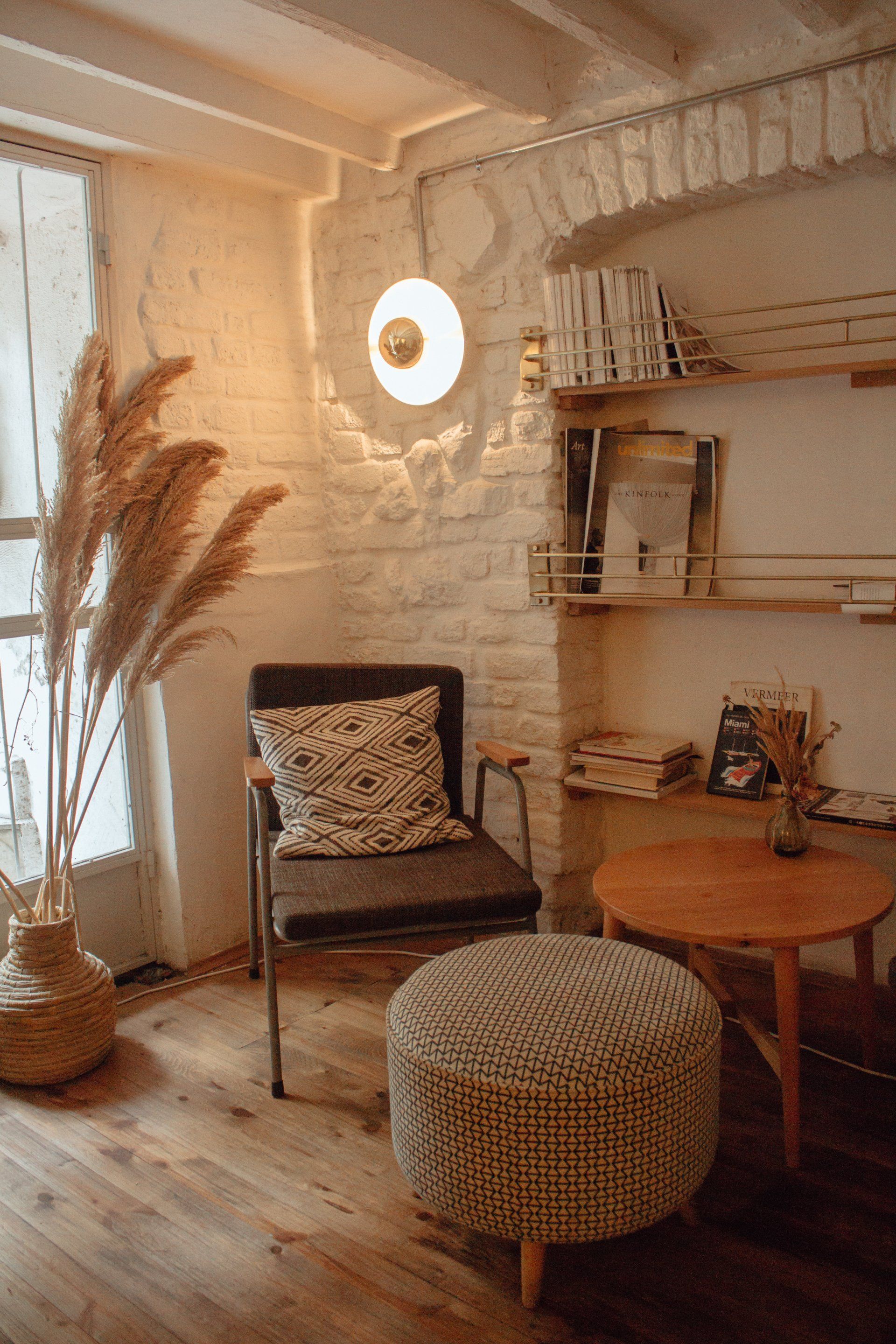
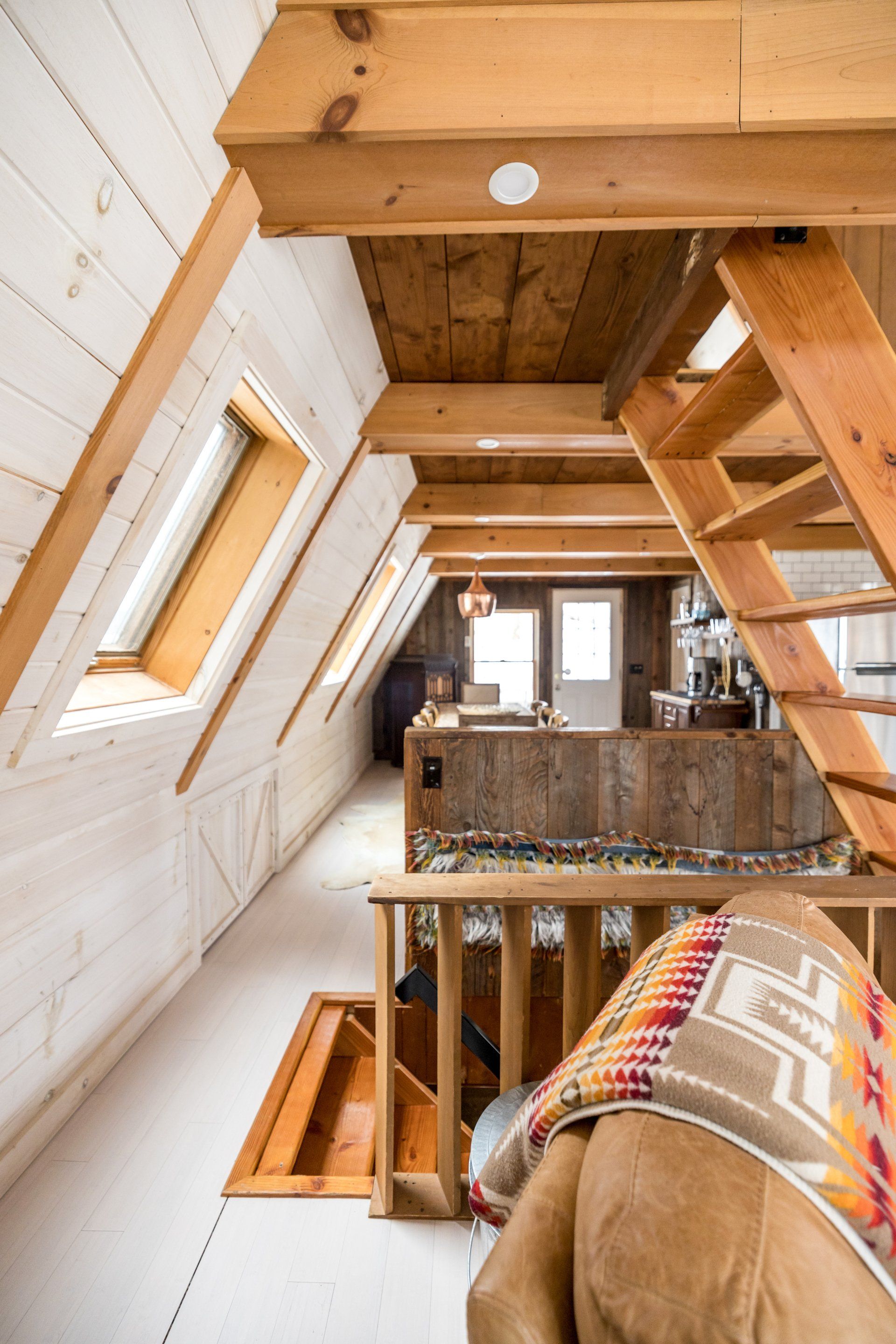
Let’s talk about your project
Fill in the form or call to set up a meeting at 587-803-2336.
Edmonton Insulation Quote
We will get back to you as soon as possible
Please try again later
Edmonton Insulation Dynamos
10250 118 St NW 302 C, Edmonton, AB T5K 1Y5
Follow Us
Disclaimer - This is a referral site. All work is performed by a licensed partner company.
